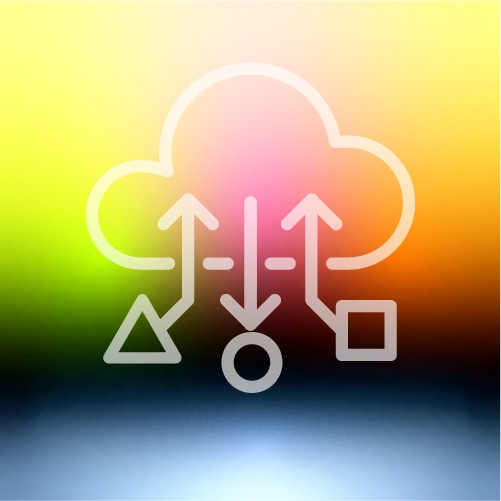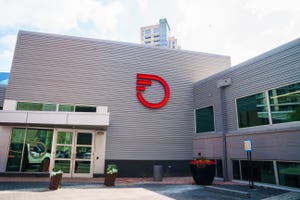Rogers puts more weight behind enterprise IoT
Following an initial debut of smart building IoT services in 2020, the Canadian operator's business services unit is going bigger bigger, launching IoT products with an array of tech and service partners.

Canada's Rogers Communications is going after the enterprise IoT market more aggressively as its business services unit plows ahead with the launch of a broad set of smart city and smart building services.
The new offerings, which focus on areas such as smart traffic, air-quality monitoring and water management in conjunction with a range of tech partners, follow some earlier enterprise IoT initiatives.
Figure 1:  (Source: Paul McKinnon/Alamy Stock Photo)
(Source: Paul McKinnon/Alamy Stock Photo)
Rogers launched its first smart building IoT service in 2020 with 1Valet. The offering focused on the launch of a software-based smart building platform for residents, property managers and their staff that includes smartphone-based, hands-free digital building access, video guest verification and an opt-in facial recognition access system.
Rogers has been growing its IoT portfolio ever since, Tess Van Thielen, the company's VP of advanced services, said in emailed responses to questions from Light Reading.
"Our involvement in this space led us to expand our offerings where we saw an opportunity to help Canadian companies from large enterprises, municipalities to small and medium businesses, leverage smart technology in achieving their business goals such as sustainability, operational efficiency and cost reduction," Van Thielen explained.
The product launch should provide a new growth engine for Rogers' commercial services unit. Among North American cable operators, Cox Communications (through Cox2M) and Comcast (via its MachineQ unit) are also heavily engaged in the IoT services game.
Connectivity agnostic
Rogers' new offering for smart cities and smart buildings is agnostic in the sense that it will rely on the company's wired, wireless and IoT networks. Specific connectivity uses include 5G, fiber and LTE, LTE-M (LTE for machines), and NB-IoT (narrowband IoT).
Rogers is building a foundation that will support an "integrated backend combined with our connected networks to deliver a single pane of glass experience no matter which IoT solution our customers procure," Van Thielen noted.
Some early examples of traction include R&D partnerships with the University of British Columbia and University of Waterloo to test and pilot 5G-powered IoT tech in real-world settings. In the University of Waterloo example, Rogers helped launch a 5G-powered driverless, autonomous shuttle to support researchers who are exploring 5G applications and use cases.
In 2020, Rogers also piloted a 5G smart city offering in Kelowna, British Columbia, where 5G sensors were installed at intersection lights to help monitor anonymous vehicle and foot traffic patterns. The data generated was used to improve vehicle, pedestrian and cyclist safety. That project is also aiming to develop technology that will instantly deploy emergency vehicles when a collision is detected by sensors.
Array of tech partners
Rogers is ratcheting up its IoT offerings and use cases in tandem with several other tech partners across both smart cities and smart buildings:
Smart buildings: Ayyeka (smart water management), Clevercity (AI-powered smart parking), NoTraffic (smart traffic, traffic safety/efficiency), Titan GPS (mixed fleet management) and ISR Transit (transit fleet management, route optimization).
Smart buildings: IES Ventures (indoor air quality monitoring and purification), Corum Digital (digital signage), Caliber Communications (smart security/detection), Mero Technologies (smart washrooms) and Eddy Solutions (water leak detection).
Related posts:
— Jeff Baumgartner, Senior Editor, Light Reading
About the Author(s)
You May Also Like












